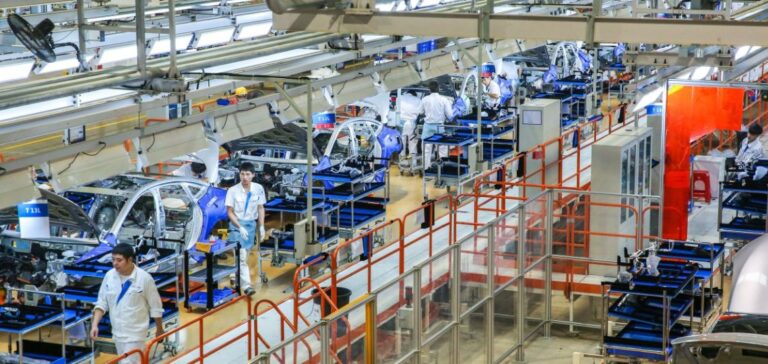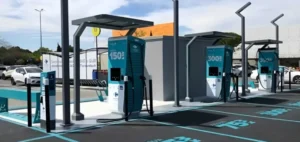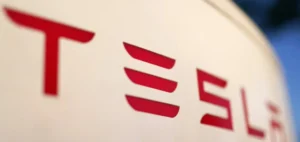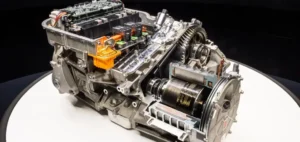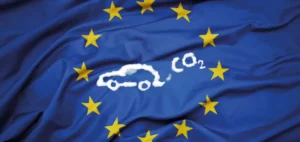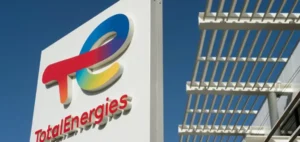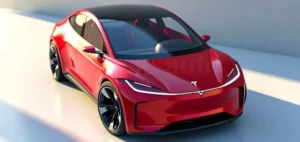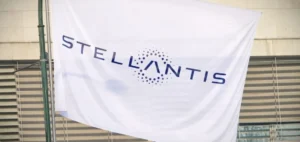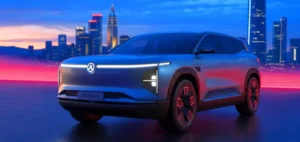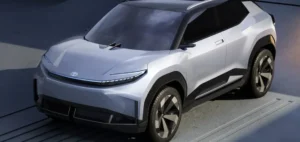XPeng, a major player in China’s electric vehicle market, faces persistent financial challenges despite impressive sales growth.
In the second quarter of 2024, the company recorded sales of 8.11 billion yuan (1.02 billion euros), up 60.2% year-on-year.
However, this sales performance did not translate into improved financial results, with losses amounting to 1.28 billion yuan (161 million euros).
This situation is symptomatic of the price war raging in the Chinese electric vehicle market.
To maintain their competitiveness, local manufacturers, led by XPeng, are forced to reduce their margins, a choice that directly affects their profitability.
This strategy, while effective in increasing sales volumes, exposes companies to significant financial risks.
The maturity of the Chinese electric vehicle market
China’s electric vehicle market, supported by ambitious government initiatives, is reaching maturity.
The Chinese government’s goal of making electric and hybrid vehicles the norm by 2035 is stimulating competition among manufacturers.
However, this increased competition is leading to constant pressure on prices, forcing companies to rethink their strategies to maintain their position without sacrificing profitability.
In this context, XPeng, alongside rivals such as BYD and NIO, is seeking to differentiate itself through technological innovation.
However, this race for innovation is costly and requires heavy investment in research and development, which, in an already saturated market, represents an additional challenge for these companies.
Challenges and strategies for the future
For XPeng, the future lies in two main areas: innovation in intelligent driving technologies and international expansion.
The automaker is investing heavily in the development of vehicles equipped with advanced systems, hoping to capture a more demanding and technophile customer base.
At the same time, XPeng is stepping up its efforts to penetrate foreign markets, where competition is less fierce and margins can be higher.
Nevertheless, this strategy entails risks.
Expanding into new markets requires a thorough understanding of local dynamics and considerable investment.
What’s more, XPeng has to compete with established international players, complicating its ambition to become a world leader in a constantly evolving sector.


